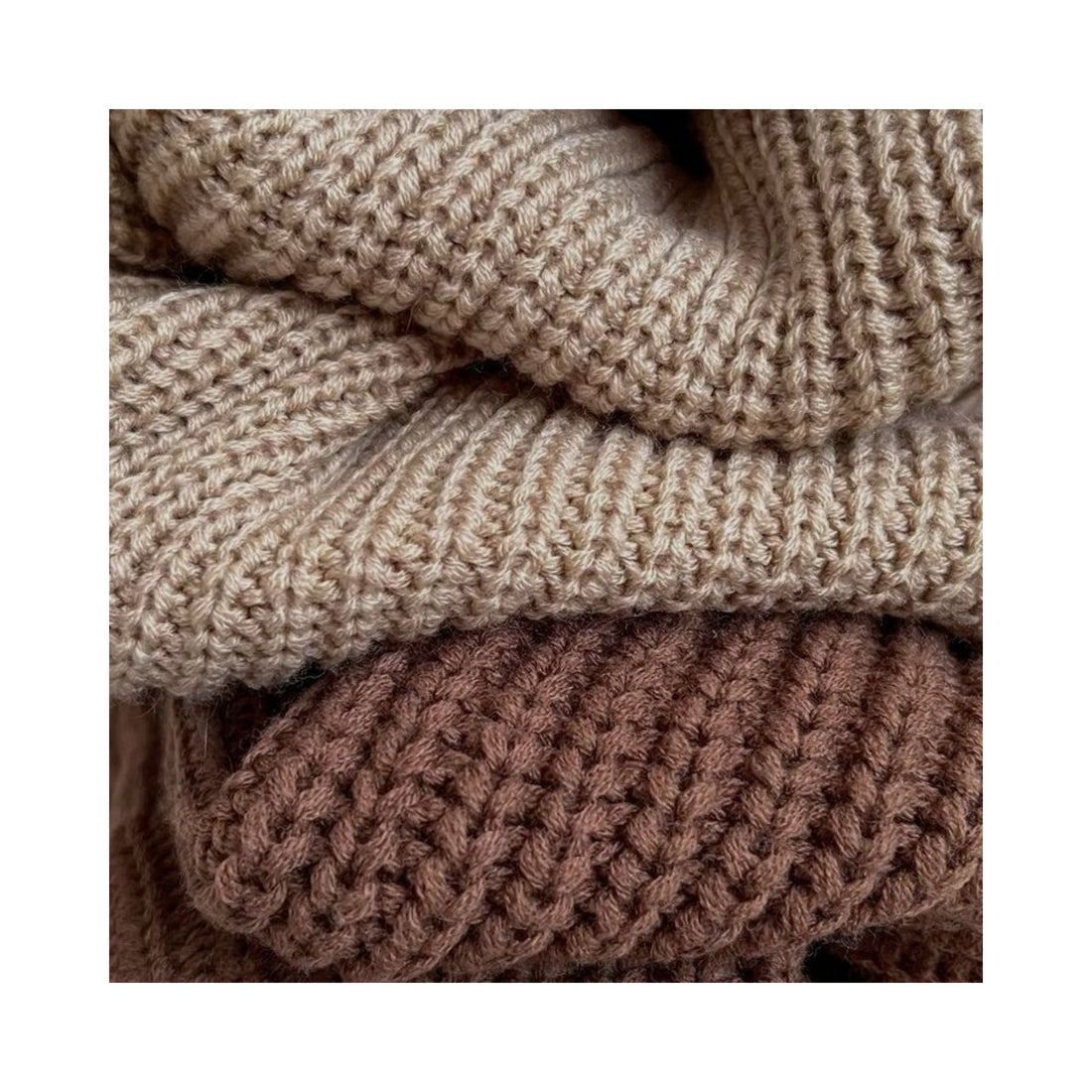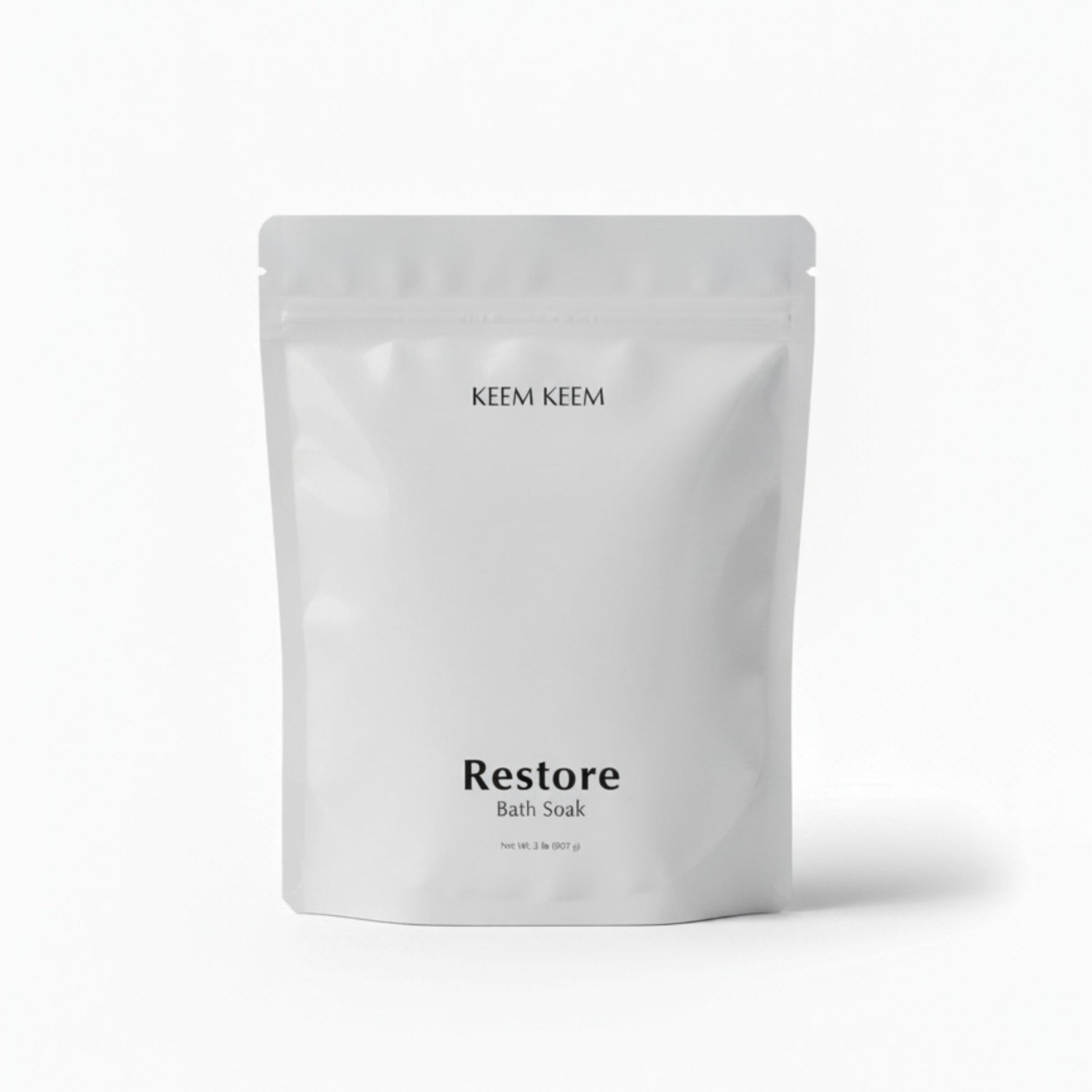
The Psychology of Comfort: Why Small Rituals Matter More in Stressful Times
Share
When life feels overwhelming, most of us instinctively reach for comfort: a favorite blanket, a candle we light without thinking, a bath that signals it’s time to stop moving. These gestures might seem small — almost insignificant compared to the weight of our responsibilities — but research shows they hold surprising power.
Comfort rituals are more than cozy habits. They are anchors for the nervous system, signaling safety and stability when the outside world feels anything but. In stressful times, those anchors matter more than ever.
This post explores the psychology of comfort, why rituals work, and how incorporating micro-rituals like a Restore Bath Soak or Lavender Shower Steamer can create touchpoints of calm in daily life.
Why Comfort Objects Work
Comfort objects — from childhood stuffed animals to adult versions like cozy socks or weighted blankets — are not trivial. They tap into deep behavioral patterns:
-
Associations of safety: The brain links certain items with care, relaxation, or nurturing, activating those feelings when used.
-
Predictability in chaos: Ritualized comfort provides stability when routines are disrupted.
-
Physical grounding: Engaging senses like touch, scent, or warmth helps calm stress responses.
Researchers have found that even symbolic gestures, like holding a warm cup of tea, can influence perceptions of emotional warmth and safety .
Rituals as Stress Buffers
Rituals work because they are consistent and predictable. Unlike fleeting distractions, rituals are repeated actions that train the body and mind to shift gears.
-
Behavioral science shows rituals can reduce anxiety by providing a sense of control, even in uncertain situations .
-
They mark boundaries between states: work and rest, stress and calm, effort and release.
-
They can be as small as lighting a candle at the same time each night, or as structured as an evening soak.
It’s not about the scale — it’s about the repetition.
Micro-Rituals That Make a Difference
You don’t need hours of free time to benefit from rituals. Micro-rituals are the small acts that fit into daily life:
-
Dropping a Lavender Shower Steamer at the end of your day as a sensory “off switch.”
-
Using Trifecta Bath Soak once or twice a week as a physical release for tired muscles.
-
Keeping Eucalyptus Steamers on hand for stressful workdays where you need a fresh reset.
-
Pairing a journal entry with Restore Bath Soak to combine mental and physical unwinding.
These micro-rituals don’t erase stress, but they buffer it. They build a rhythm of grounding moments that add up to resilience.
The Science of Sensory Grounding
Engaging the senses is one of the most reliable ways to regulate stress.
-
Touch: Weighted blankets or warm baths activate deep-pressure responses that soothe the nervous system.
-
Scent: Aromatherapy can influence mood and emotional regulation, with lavender showing particular benefits for calmness and sleep .
-
Temperature: Shifts between hot water and cooler air help signal relaxation and transition into rest mode.
Keem Keem products were designed with sensory grounding in mind — a warm bath with Restore supports the body internally, while scented steamers engage the olfactory system to reinforce calm externally.
Final Thoughts
Stressful times make comfort feel like a luxury, but in reality, comfort rituals are a necessity. They stabilize the mind, protect energy, and create small but meaningful boundaries in the day. Whether it’s a blanket, a candle, or a simple soak, comfort isn’t trivial — it’s strategy.
If you’re looking for a way to start, try weaving in micro-rituals with Keem Keem Bath Soaks or Shower Steamers. These small anchors can make the difference between feeling swept up by stress and finding moments of peace within it.
References
-
Williams LE, Bargh JA. Experiencing physical warmth promotes interpersonal warmth. Science.2008;322(5901):606-607.
-
Brooks AW, Schroeder J, Risen JL, Gino F, Galinsky AD. Don’t stop believing: Rituals improve performance by decreasing anxiety. Organ Behav Hum Decis Process. 2016;137:71–85.
-
Koulivand PH, Khaleghi Ghadiri M, Gorji A. Lavender and the nervous system. Evid Based Complement Alternat Med. 2013;2013:681304.
Disclaimer
This content is for informational purposes only and does not substitute professional medical advice. Always consult your healthcare provider before beginning any new wellness practices.
